Get a custom course package
We may not have any package deals available including this course. If you enquire or give us a call on +1 7204454674 and speak to our training experts, we should be able to help you with your requirements.
Module 1: Examine the Enterprise Desktop
Module 2: Explore Azure Active Directory
Module 3: Manage Identities in Azure Active Directory
Module 4: Manage Device Authentication
Module 5: Enroll Devices Using Microsoft Endpoint Configuration Manager
Module 6: Enroll Devices Using Microsoft Intune
Module 7: Implement Device Profiles
Module 8: Monitor Device Profiles
Module 9: Manage User Profiles
Module 10: Implement Mobile Application Management
Module 11: Deploy and Update Applications
Module 12: Administer Applications
Module 13: Implement Device Data Protection
Module 14: Manage Microsoft Defender for Endpoint
Module 15: Manage Microsoft Defender in Windows Client
Module 16: Protect Identities in Azure AD
Module 17: Enable Organisational Access
Module 18: Implement Device Compliance Policies
Module 19: Generate Inventory and Compliance Reports
Module 20: Assess Deployment Readiness
Module 21: Deploy Using the Microsoft Deployment Toolkit
Module 22: Deploy Using Endpoint Configuration Manager
Module 23: Deploy New Devices
Module 24: Implement Dynamic Deployment Methods
Module 25: Plan a Transition to Modern Management
Module 26: Manage Cloud PCs and Virtual Desktops
Module 27: Update Windows Client
Module 28: Update Clients Using Windows Update for Business
Module 29: Explore Desktop Analytics
Module 30: Explore Endpoint Analytics


The Managing Modern Desktops MD101 Training Course is designed for IT professionals and administrators who want to learn how to manage and deploy modern desktop environments using Microsoft technologies. This course will benefit the following professionals:
Participants must be familiar with M365 workloads and must have strong skills and experience of deploying, configuring, and maintaining Windows 10 and later, and non-Windows devices. The MDA role focuses on cloud services rather than on-premises management technologies. It is recommended participants complete course MD-100, Windows Client, prior to taking this course.
In this course, students will learn how to plan and implement an operating system deployment strategy using modern deployment methods, as well as how to implement an update strategy. Students will be introduced to key components of modern management and co-management strategies. This course also covers what it takes to incorporate Microsoft Intune into your organization. Students will also learn about methods for deployment and management of apps and browser-based applications. Students will be introduced to the key concepts of security in modern management including authentication, identities, access, and compliance policies. Students will be introduced to technologies such Azure Active Directory, Azure Information Protection and Microsoft Defender for Endpoint as well as how to leverage them to protect devices and data.




Why choose us
Experience live, interactive learning from home with The Knowledge Academy's Online Instructor-led Retired : Managing Modern Desktops MD101. Engage directly with expert instructors, mirroring the classroom schedule for a comprehensive learning journey. Enjoy the convenience of virtual learning without compromising on the quality of interaction.
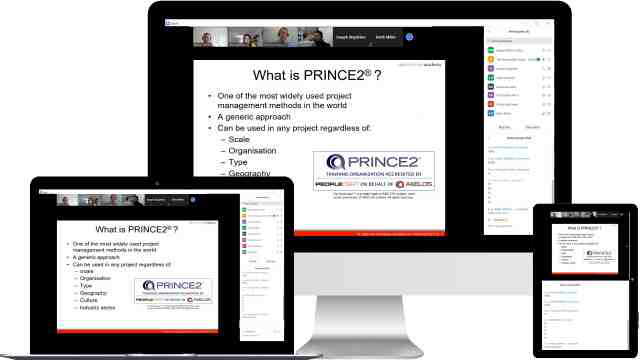
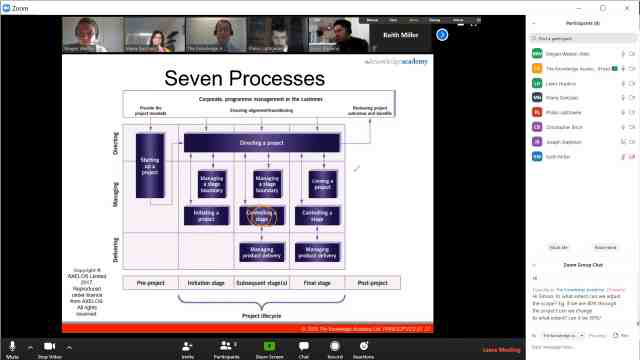
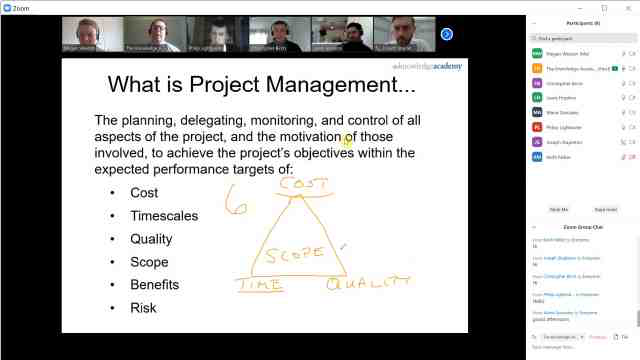
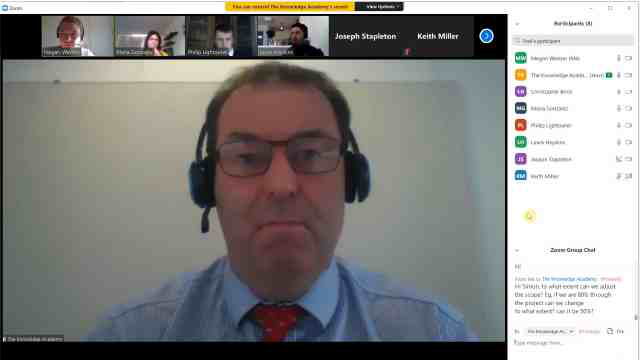
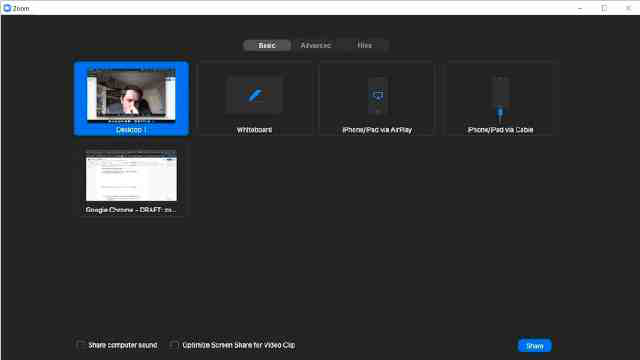
Unlock your potential with The Knowledge Academy's Retired : Managing Modern Desktops MD101, accessible anytime, anywhere on any device. Enjoy 90 days of online course access, extendable upon request, and benefit from the support of our expert trainers. Elevate your skills at your own pace with our Online Self-paced sessions.
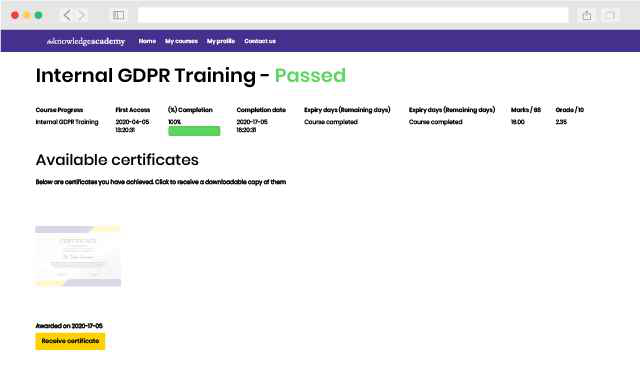
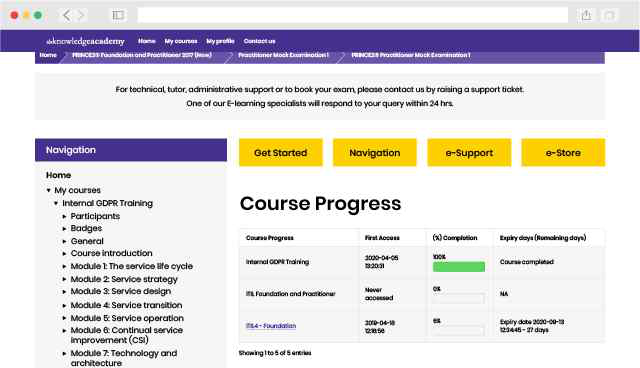
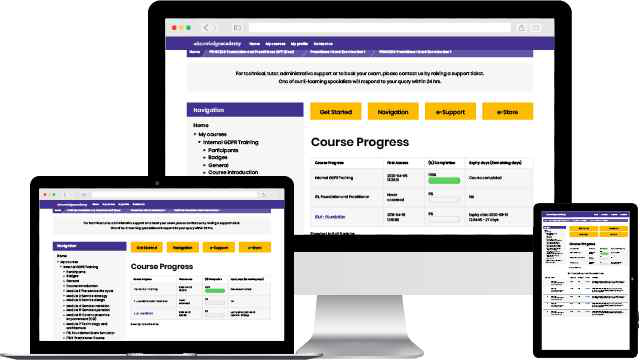
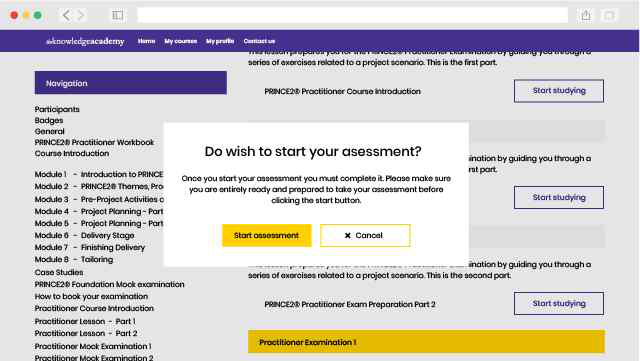
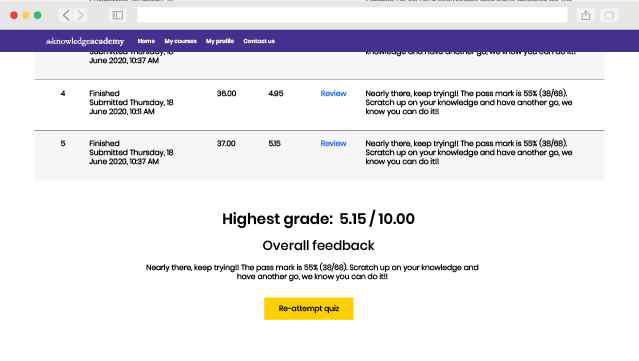
There hasn't been any questions asked about this Topic

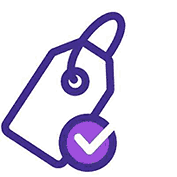
You won't find better value in the marketplace. If you do find a lower price, we will beat it.

The Knowledge Academy are a Microsoft Silver Partner and therefore fully accredited.

Flexible delivery methods are available depending on your learning style.

Resources are included for a comprehensive learning experience.




"Really good course and well organised. Trainer was great with a sense of humour - his experience allowed a free flowing course, structured to help you gain as much information & relevant experience whilst helping prepare you for the exam"
Joshua Davies, Thames Water



 Atlanta
Atlanta New York
New York Houston
Houston Dallas
Dallas Denver
Denver Seattle
Seattle Los Angeles
Los Angeles Chicago
Chicago San Francisco
San Francisco Philadelphia
Philadelphia San Diego
San Diego Phoenix
Phoenix Boston
Boston Austin
Austin Detroit
Detroit San Jose
San Jose Tampa
Tampa Colorado Springs
Colorado Springs Portland
Portland Sacramento
Sacramento Minneapolis
Minneapolis San Antonio
San Antonio Irvine
Irvine Las Vegas
Las Vegas Miami
Miami Bellevue
Bellevue Pittsburgh
Pittsburgh Baltimore
Baltimore Fairfax
Fairfax Orlando
Orlando Raleigh
Raleigh Salt Lake City
Salt Lake City Columbus
Columbus Oklahoma City
Oklahoma City Nashville
Nashville Charleston
Charleston Columbia
Columbia Cleveland
Cleveland Cincinnati
Cincinnati Memphis
Memphis Richmond
Richmond Virginia Beach
Virginia Beach Louisville
Louisville Fort Lauderdale
Fort Lauderdale Indianapolis
Indianapolis Des Moines
Des Moines Grand Rapids
Grand Rapids New Orleans
New Orleans Wichita
Wichita Charlotte
Charlotte Hartford
Hartford New Jersey
New Jersey Anchorage
Anchorage Omaha
Omaha Honolulu
Honolulu Albuquerque
Albuquerque Baton Rouge
Baton Rouge Iowa City
Iowa City Albany, NY
Albany, NY Boise
Boise Milwaukee
Milwaukee Tucson
Tucson Kansas City
Kansas City St Louis
St Louis Jacksonville
Jacksonville
 Back to course information
Back to course information
We may not have any package deals available including this course. If you enquire or give us a call on +1 7204454674 and speak to our training experts, we should be able to help you with your requirements.
 If you miss out, enquire to get yourself on the waiting list for the next day!
If you miss out, enquire to get yourself on the waiting list for the next day!

close


Press esc to close

close
Fill out your contact details below and our training experts will be in touch.



Back to Course Information